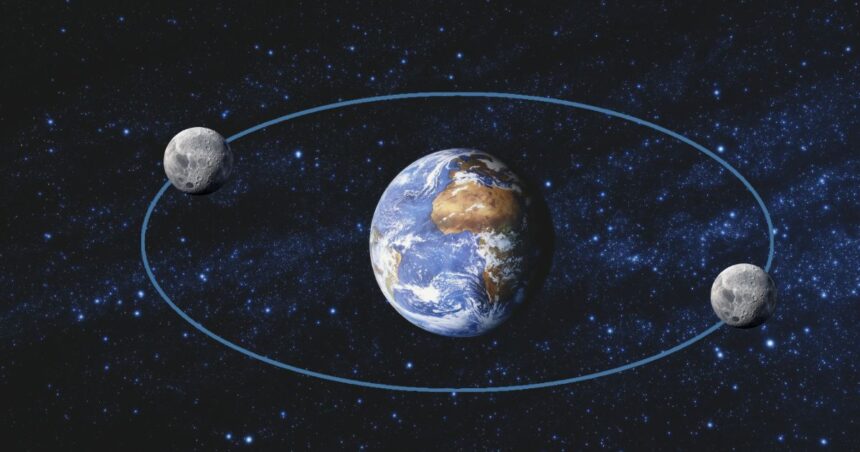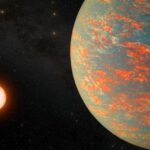Get ready to see our Earth’s second Moon this weekend.This event is going to be a very important one for astronomy lovers. According to NASA, on Sunday, 29, 2024, Earth will capture our second Moon but as a temporary Moon. The temporary Moon is a small asteroid named 2024 PT5; it will act as a temporary natural mini-moon for Earth.
What is a Second Moon?
The second Moon is not going to be Earth’s permanent regular Moon. A small asteroid is going to come in Earth’s gravity. Generally, these types of mini-moons do not stay for a long time in orbit; they have a limited time period. They orbit Earth for a short period before continuing their journey around the Sun.
Asteroid 2024 PT5 comes from Arjuna’s asteroid belt, a dynamic group of asteroids in our solar system. This belt is full of small space rocks that follow orbits similar to Earth’s. Sometimes, these asteroids come close to our planet. Gravity can capture them if they come close to Earth and slowly pass near Earth.
How Long Will It Stay?
In fact, this asteroid will not last as long as Earth’s second Moon. Asteroid 2024 PT5 will start its journey as the second Moon on September 29, 2024, at 15:54 EDT (1954 UTC). After entering Earth’s orbit, it will stay with us for about two months. By November 25, 2024, it will leave Earth’s orbit and continue its path around the Sun.
Why Can’t We See It?
Even though asteroid 2024 PT5 will be Earth’s second Moon, its size is much smaller than the human eye can see any object. It is too small to be seen by a telescope. It’s only 32 feet (10 meters) long.
Because of its small size and dull surface, it won’t be visible to the naked eye. It will be hard to spot even with binoculars or a home telescope. Only professional telescopes can capture images of this mini-moon.
Scientists have been studying these mini-moons for years. They use data from telescopes and space missions to track their movements. This asteroid was first spotted by NASA’s Asteroid Terrestrial-Impact Last Alert System (ATLAS) on August 7, 2024.
What Makes 2024 PT5 Special?
While mini-moons are not uncommon, each one is unique. 2024 PT5 is special because of its size and the timing of its capture. It’s one of the larger mini-moons we’ve seen in recent years. Its capture also allows scientists to study these small asteroids up close.
The asteroid 2024 PT5 will not complete a full orbit around Earth. Instead, its path will be slightly altered by Earth’s gravity. This means it will come close to Earth, but then continue on its way around the sun. Think of it as a cosmic visitor, stopping by for a short stay before moving on.
Studying mini-moons like 2024 PT5 helps scientists learn more about our solar system. These small asteroids can tell us a lot about the solar system’s early days. They are like time capsules, preserving information from billions of years ago.
If you miss seeing 2024 PT5 this time, don’t worry. Scientists predict that it will return to Earth’s orbit again in 2055. Mini-moons often come back for repeat visits. For example, the asteroid 2022 NX1 became a mini-moon in 1981 and again in 2022. Keep an eye on the news for updates and images from professional telescopes.
Editor’s Recommendations
- Extraterrestrial Life: SETI Scientist Says ‘We Are Close’ to Finding Aliens
- Moonquakes Could Shake Up Artemis Missions, Study Warns
- Planetary Meltdown, Advanced Civilizations to Overheat Worlds in 1,000 Years
- Astronomers Discover Giant Einstein Cross Amid Rare Galaxy Formation




